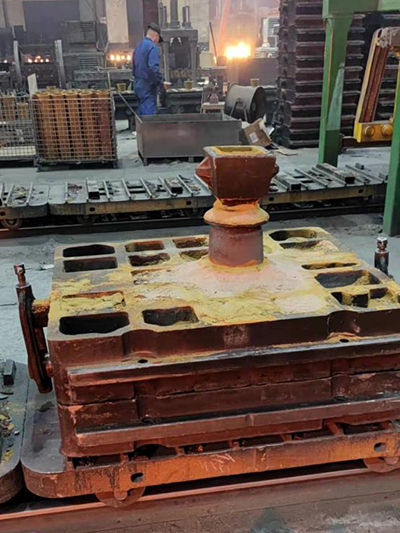Resin Coated Frac Sand Enhancing Oil and Gas Extraction Efficiency
In the ever-evolving landscape of the oil and gas industry, the need for efficient extraction methods has become paramount. One of the critical developments aiding this quest is the innovation of resin coated frac sand. This specialized type of sand has emerged as a game changer, significantly impacting hydraulic fracturing operations, commonly known as fracking.
Fracking is a method used to extract natural gas and oil from deep underground rock formations. The process involves injecting high-pressure fluid into the rock to create fractures, allowing hydrocarbons to flow more freely to the surface. The effectiveness of fracking largely depends on the quality and properties of proppants, which are materials injected into the fractures to keep them open and facilitate the extraction process. Traditionally, natural sand was used as a proppant, but the introduction of resin coated frac sand has taken this technology to new heights.
Resin coated frac sand is made by coating high-quality silica sand grains with a specially formulated resin. This coating process enhances the sand's strength and durability, allowing it to withstand the immense pressures encountered in deep well environments. One of the primary benefits of resin coated sand is its ability to reduce the amount of fines generated during the fracking process. Fines are smaller particles that can block the fissures created in the rock, hindering the flow of oil and gas. By utilizing resin coated frac sand, operators can minimize the production of fines, leading to improved flow rates and overall production efficiency.
resin coated frac sand

Additionally, the resin coating provides better spherical particles compared to traditional sand. Sphericity is a crucial factor in the performance of proppants; more spherical particles facilitate better packing and create larger voids, allowing hydrocarbons to move more freely. The enhanced sphericity of resin coated frac sand not only optimizes flow but also contributes to greater proppant conductivity, which is essential for maximizing the yield from a well.
Environmental considerations have also driven the adoption of resin coated frac sand. The need for more sustainable practices in the oil and gas industry has never been more critical. Resin coated frac sand can help reduce water consumption during the fracking process. Since the resin improves the sand's performance, operators often can use less proppant compared to traditional methods, thereby lowering the overall water needed for operations. Furthermore, the use of coated sands can lead to less sand mining, minimizing the ecological footprint associated with sand extraction.
The economic advantages of utilizing resin coated frac sand are becoming increasingly apparent. Operators are witnessing improved production rates, which in turn enhance the return on investment for drilling operations. Though resin coated frac sand may incur higher upfront costs compared to traditional sands, the long-term benefits gained from increased efficiency and production often justify the expenditure.
In conclusion, resin coated frac sand represents a significant advancement in proppant technology that improves the hydraulic fracturing process. With its unique properties, it enhances extraction efficiency, supports environmentally friendly practices, and offers tangible economic benefits for oil and gas producers. As the industry continues to evolve, innovations like resin coated frac sand will undoubtedly play a critical role in meeting the growing global energy demands while addressing sustainability challenges.
Post time:تشرینی دووەم . 18, 2024 22:16
Next:Golden shores and sparkling sands of paradise await your discovery
